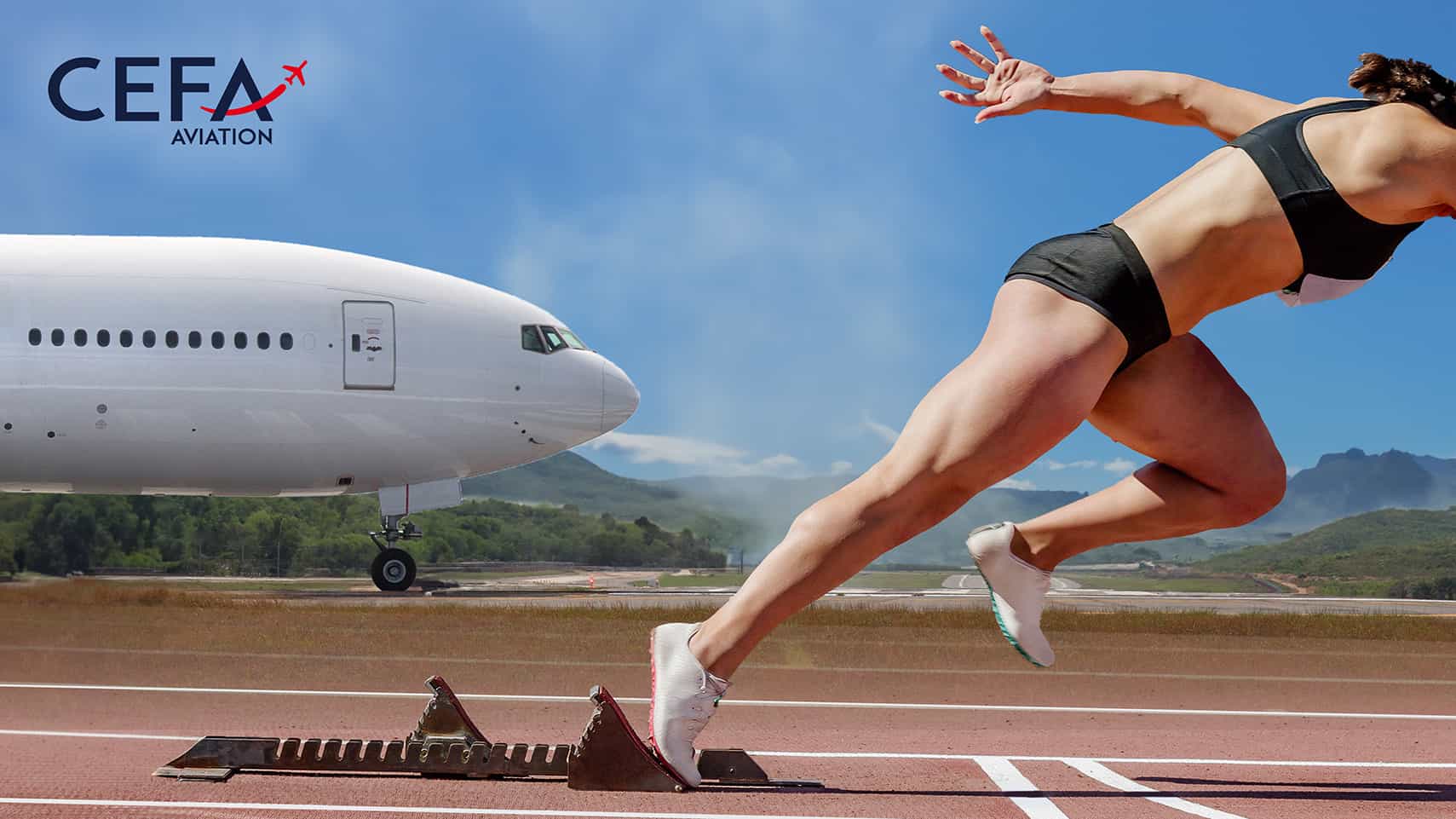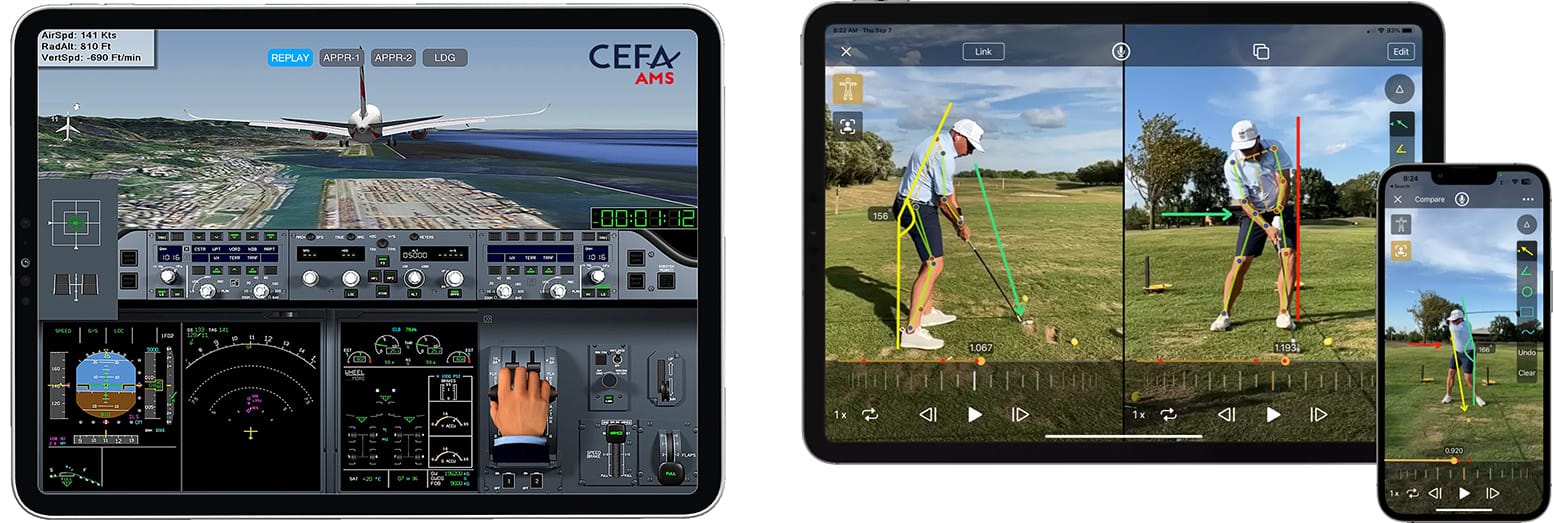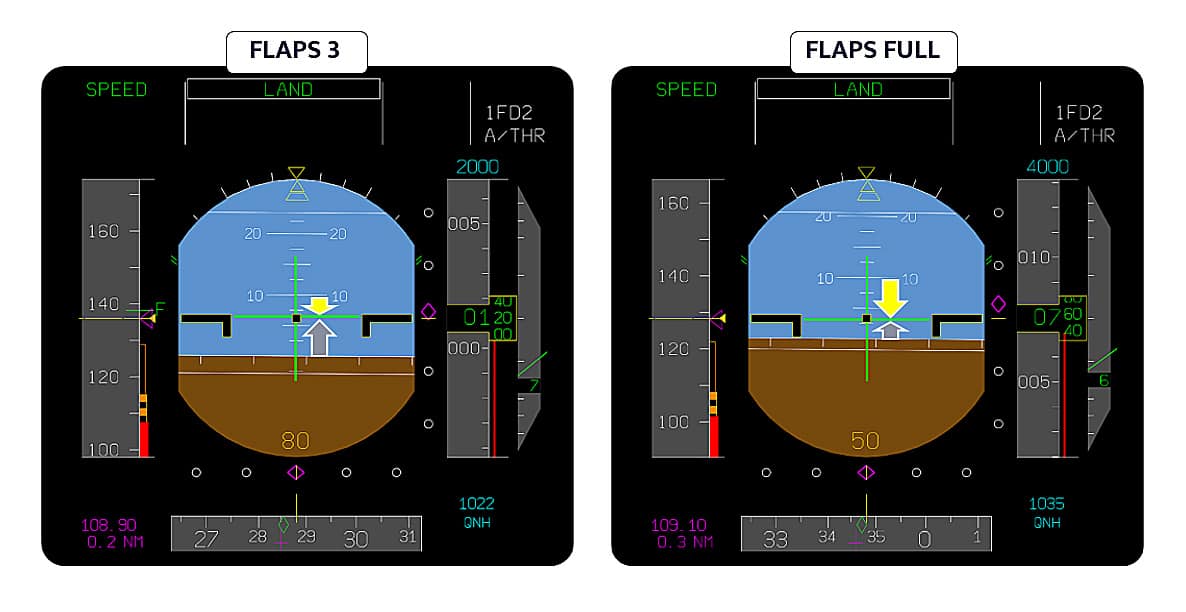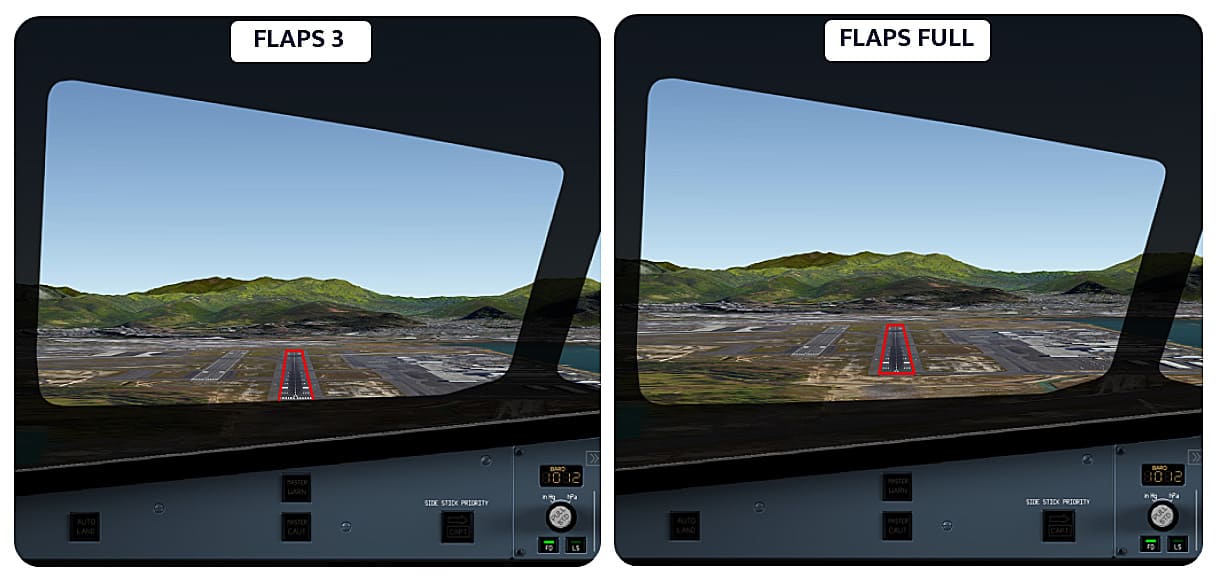An independent company with 22 years of expertise in flight data animation for Flight Safety and Pilot Training
Video replay for personal or team self-improvement!

“The greatest enemy of knowledge is not ignorance; it is the illusion of knowledge”
(Stephen Hawking)
Videos, when analyzed, are an easy way to improve own performance.
The ability to review own performance and compare the achieved results with best practices is commonly used today in individual and team sports to progress.
It is also true in aviation! The result of a flight is a team achievement, but individual skills can also play a role in the overall performance.

With the CEFA AMS solution, every moment of a flight can be selected and animated to analyze the outcome.
Individual or teamwork is analyzed at real speed (or in slow motion), but stopping an animation also gives a still image with all elements of comprehension needed for self-improvement, available minutes after landing.
Although this solution is ideal for a crew-centered debriefing, the animations are available anytime later.
A practical use is to make a personal review, look for improvements or errors, understand individual practices, or ask for advice using realistic data and not only personal remembering based on own perception.
Our solution also offers an easy way for an airline to create a database of didactical animations, such as common errors, best practices, or educational animations such as airport familiarization, based on real-life de-identified cases.
All animations use realistic and immersive cockpit representations and real flight dynamics (timing/speed/altitude/configuration); they are not just based on generic engineering values.
Example of a pedagogical animation module showing here the differences in pitch between a Flaps 3 versus a flaps full landing on the Primary Flight Display of an Airbus.

And the way it looks in the pilot’s view during an approach.
If a pilot is used to fly a flaps-full approach, he is not mentally prepared to see the runway at a much lower position in his field of view. He will probably lower the nose (a common mistake) to regain the view he is used to seeing.
This maneuver will impact the safety margin by diving below the glide path, besides the fact that by coming “flatter” with a higher angle of attack, the speed blowback at landing will be faster. These are conditions that can potentially lead to firm landing or tail strikes.

Using CEFA AMS as a learning coach for debriefing or self-improvement is a modern solution using state-of-the-art technology, allowing the user to extract usable bits of knowledge out of his flight data.
Have a look at previous publications dedicated to the training under our blog at https://www.cefa-aviation.com/blog/
You want to know more about our CEFA AMS product? Visit our website or contact us.
#CEFA #AMS #pilottraining #flightsafety #flightanimation #wannaz #flightdebrief


CEFA Aviation Awarded Contract by Avelo Airlines to Provide CEFA FAS Flight Animation Software
CEFA Aviation Secures First Eastern European Contract with LOT Polish Airlines